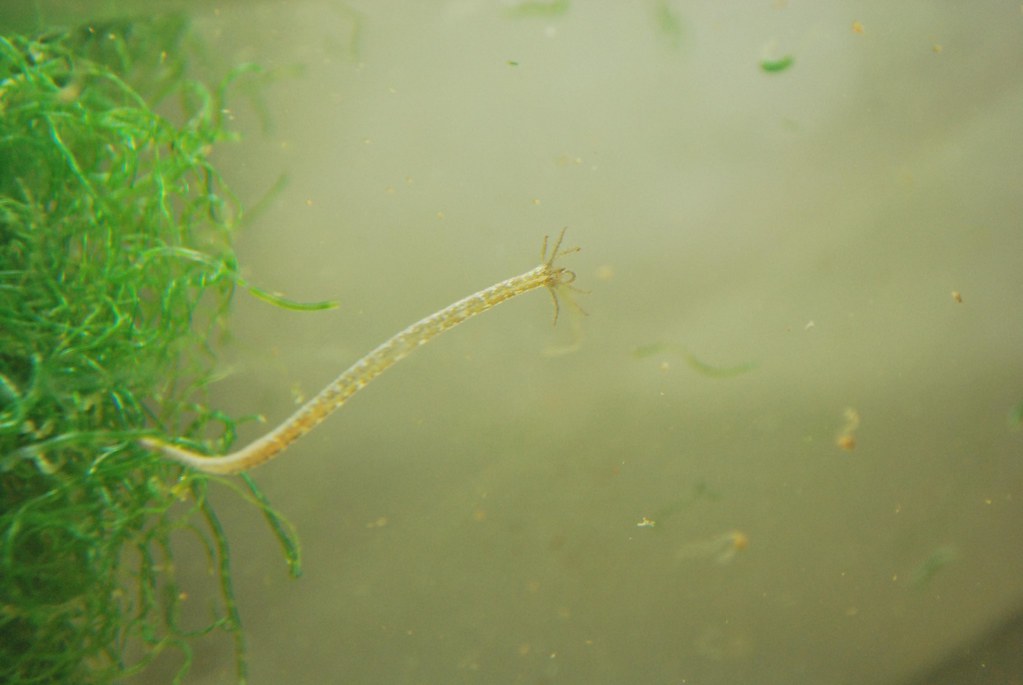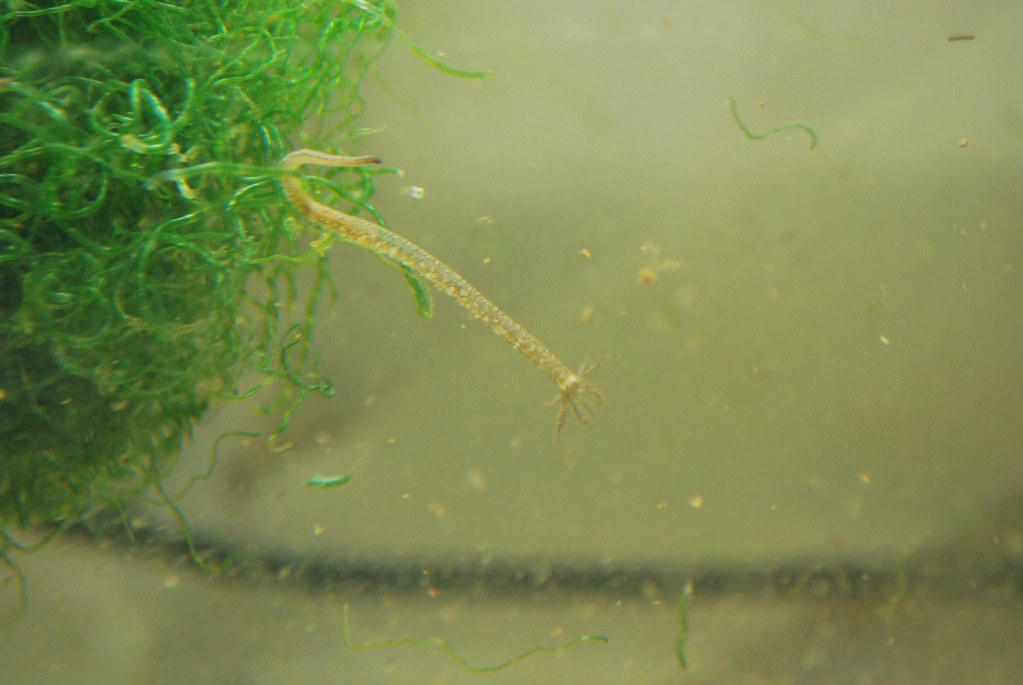So they are medusa cucumbers. just a little info for FYI.
Medusa worms are actually legless (Apodid) sea cucumbers. These animals are members of the Family Synaptidae in the Class Holothuroidea and the Phylum Echinodermata. Unlike the other echinoderms in which the mouth is on the "bottom side" of the animal, the sea cucumbers lie on their side, and either stick their tentacles into the water column to suspension feed, or apply their tentacles directly to the substrate to deposit feed.
These animals have a wide range of feeding habits. Some species, such as the Carribean
Euapta lappa, are generalist detritivores, which cruise the sea floor at night collecting tiny organic detritus from the reef rubble and base rock structure. Other species, such as the Indo-Pacific
Synaptula lamperti, are highly specialized feeders which are only associated with living sponges, where it removes tiny organic particles from the surface of the sponge and appears to require the sponge metabolites to survive. Other species are found only grazing detritus off the blades of sea grasses, or only on fine sandy bottoms. The primary problem with getting one of these animals, however, is that you will have no idea of which species you are buying, so you simply have to trust your supplier about it's care and requirements
the few studies that have been done on the feeding habits of these animals indicate that they are very active feeders, and being among the most active of echinoderms, they require a lot of food energy. Research indicates that they feed only at night, and that food processing is very rapid -- particles ingested by the cucumber are voided from the gut within about 1 hour!Even if you are fortunate enough to get a generalist feeder, unless you have a well established tank with plenty of fine organic detritus upon which the animal can feed, it is likely to starve to death. Like most marine invertebrates, these animals are capable of going long periods without food, and they slowly shrink while digesting their internal organs if denied food; the process of starving takes many months, however, and depending on the species and its initial condition, it could take more than a year before the animal may succumb to starvation.
They lack the tube feet and respiratory tree characteristic of other sea cucumbers, but are popular for their attractive pinnate feeding tentacles and high level of activity. Because they lack a respiratory tree and Cuvierian tubules (defensive structures with which the most potent toxins of sea cucumbers are associated), they are relatively nontoxic in comparison to some of their more potent relatives such as the sea apples (
Pseudocochirus spp.). However, like all sea cucumbers, they do have a variety of nasty chemicals associated with the skin to deter predators from feeding on them.
I think I will remove them and offer them back to the store :scram:
random pieces of Info cut and pasted from
HERE




